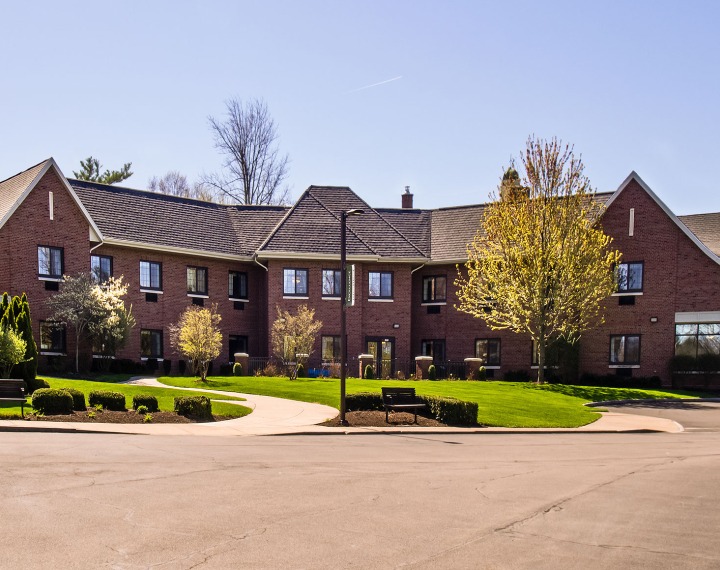Indicators of an Outstanding Care Home
 When people search for care homes for their relatives, without any doubt they want to choose the best care homes in the area. Choosing a care home is like the picture above, all the doors look similar from the outside, but there is a lot going on inside.
When people search for care homes for their relatives, without any doubt they want to choose the best care homes in the area. Choosing a care home is like the picture above, all the doors look similar from the outside, but there is a lot going on inside.
Outstanding care homes can be identified and differentiated easily on certain factors. This list is not exclusive.
A medium sized care home is appropriate for developing an Outstanding culture. Smaller and less complex the system, easier it is to make positive changes. Corporates can find a solution by enabling and empowering pockets of independent teams.
Well performing care homes are owned by visionary people, who support their staff in doing their best. Care homes which are part of the big chain lack this support as they are always guided by ‘umbrella’ policies and procedures which may not be suitable for meeting the needs of their residents.
High performing care homes did have the permanent staffing to enable them to become leaders. They did not prefer employing agency staffing as this will affect the continuity of care in long term care setting.
Outstanding care homes work well with the multidisciplinary team from the community to provide the best care for their residents.
Outstanding Care homes do have Outstanding Managers. They are visible in day to day running of the organization. They are committed to providing a high quality of care for their residents despite whatever the challenge may be. These care home managers are the key people who develop the culture of enabling ‘collective leadership’ strategy. They did not classify themselves as sticking to a particular leadership style all the time, they believed in people skills.
Motivating and developing the staff is very much evident in these care homes. They were supported to lead initiatives and be a part of the change. Although there are NVQ training for leadership positions clearly it is not enough to make the ‘front line’ staff as leaders.
These care homes not only motivate their staff but also gives them a degree of the independence to make decisions as needed. They also have independence to lead changes. Changes made by involving the staff sustain for a long term.
The outstanding care homes had a comprehensive support system for their staff.
These care homes were identified as learning organizations. They had a positive outlook on continuous learning at an individual level and at an organizational level.
Improving services based on feedbacks is identified as a sub-theme in continuous improvement. They continually make efforts wherever possible to improve or personalize care for their service users.
Cultures of ‘collective leadership’ is not a ‘perfect’ organization but learning from their mistakes and putting measures in place to avoid the same mistakes in future is a key feature in these care homes.
The net effect of having this type culture has resulted in delivering high-quality person-centered care for the elderly service users. Developing this type of leadership culture is discussed as ‘not easy’. Staff recruitment, keeping staff motivated, developing effective and transparent communication between the team members, lack of ‘outside the box’ training, having the negative outlook ‘caring is not career-focused job’ and expectation of more skilled nursing care from care workers who does no have nursing skills were identified as some of the challenges.
There you have it, everything that you need to know about the indicators of an outstanding care home.




